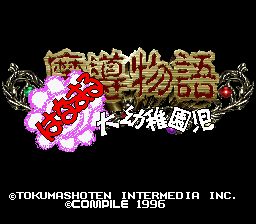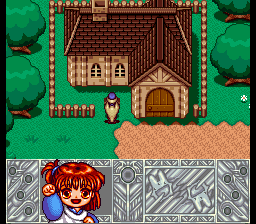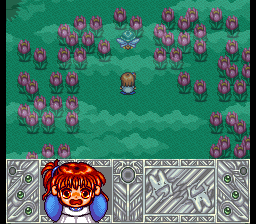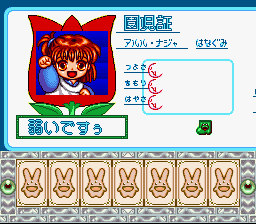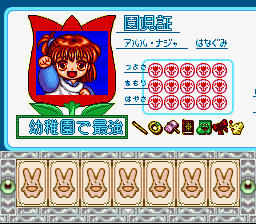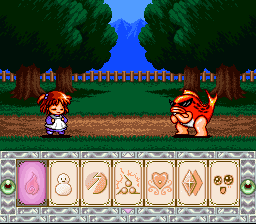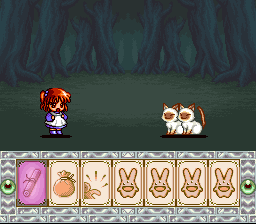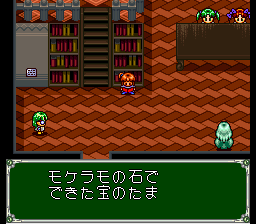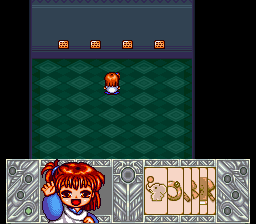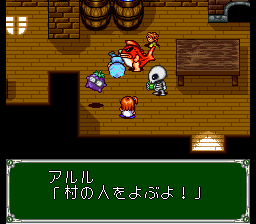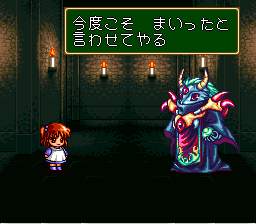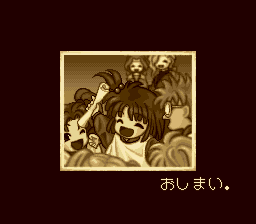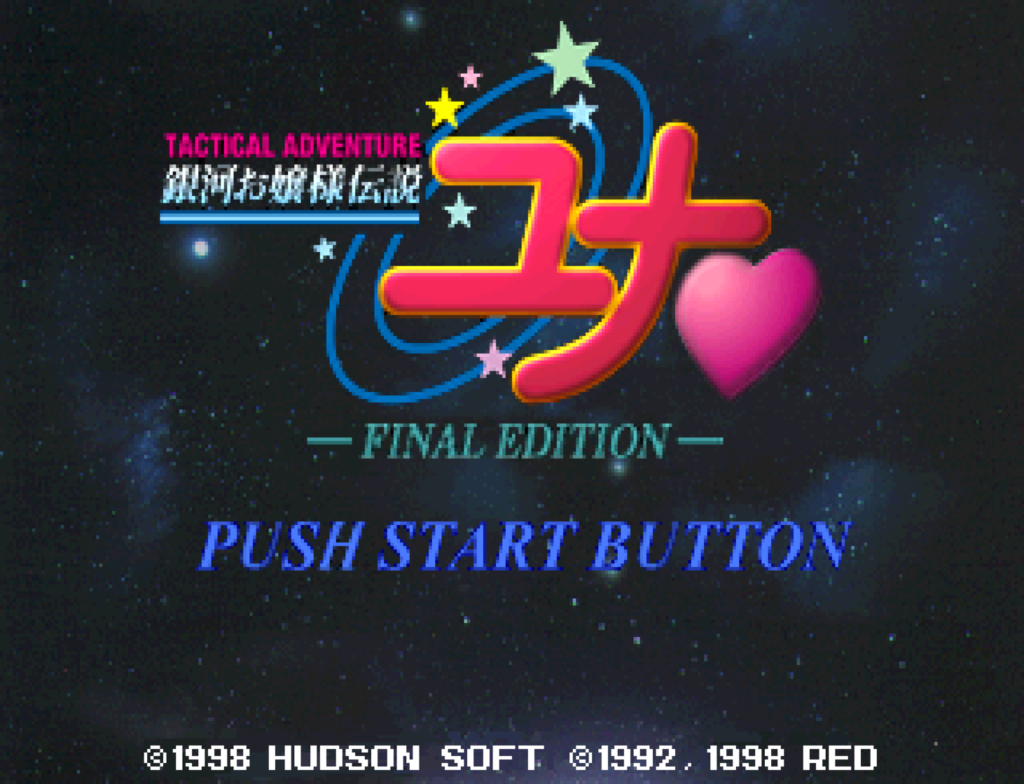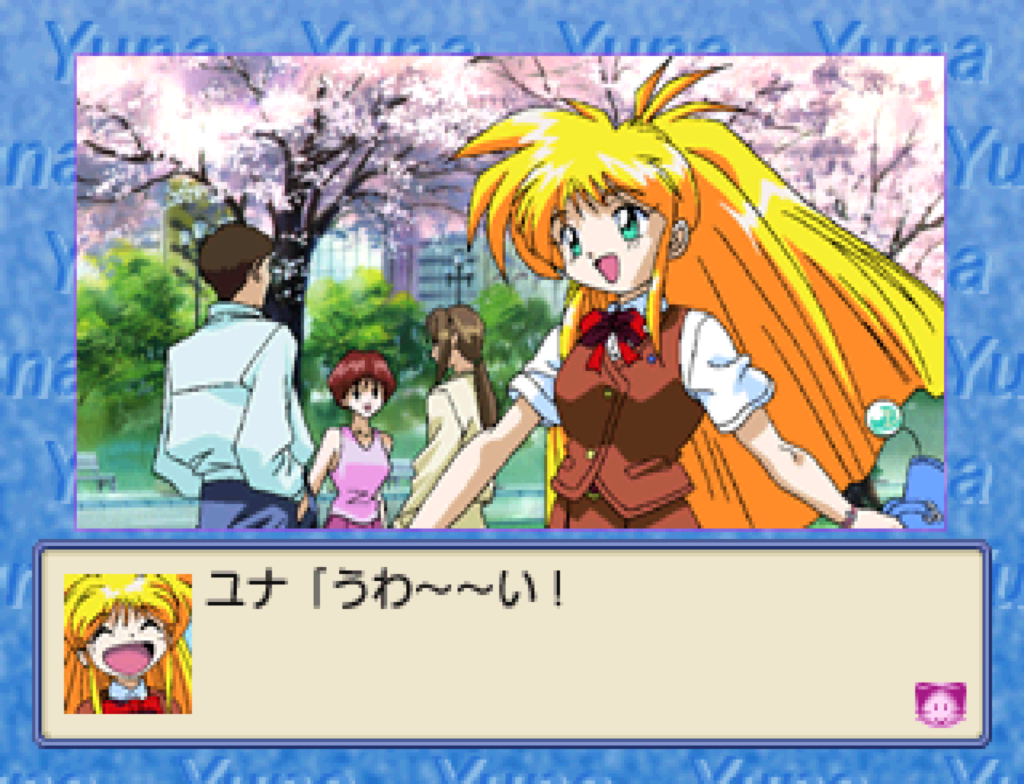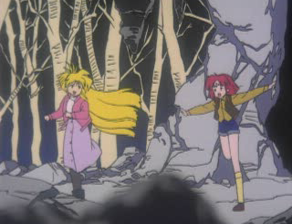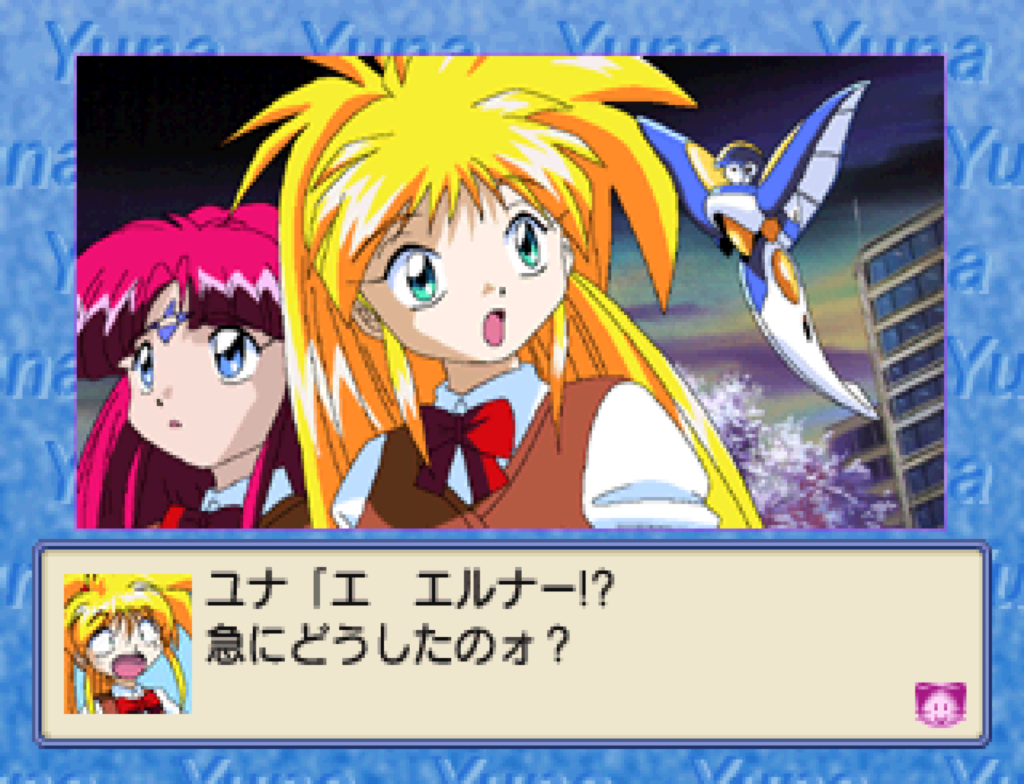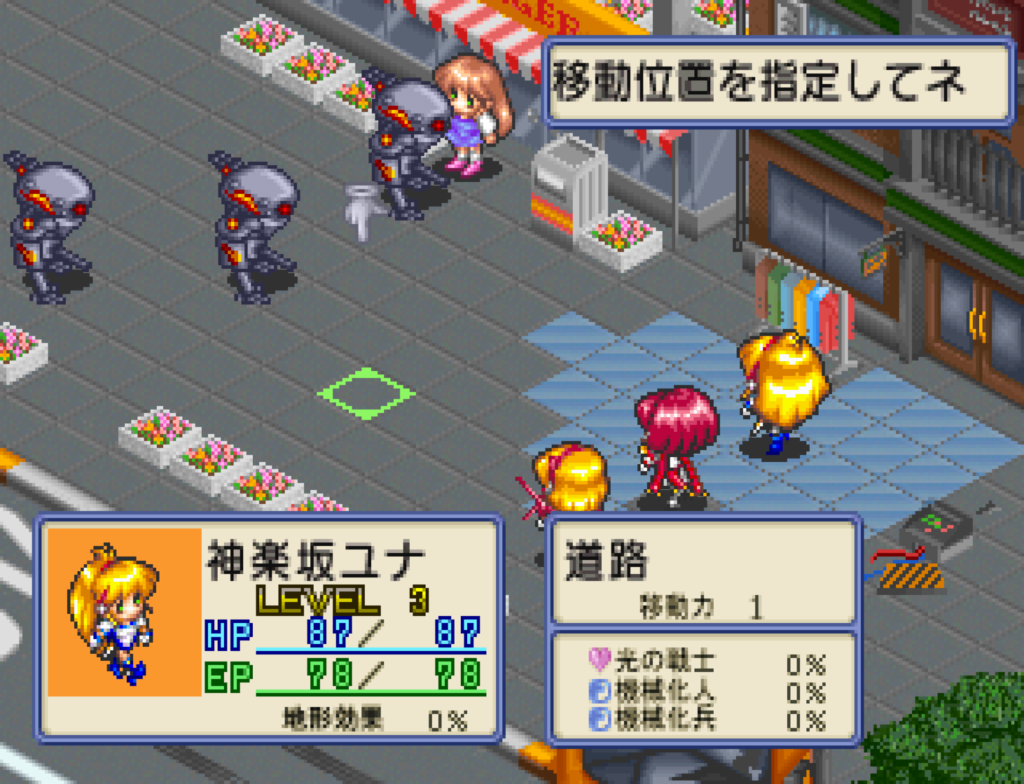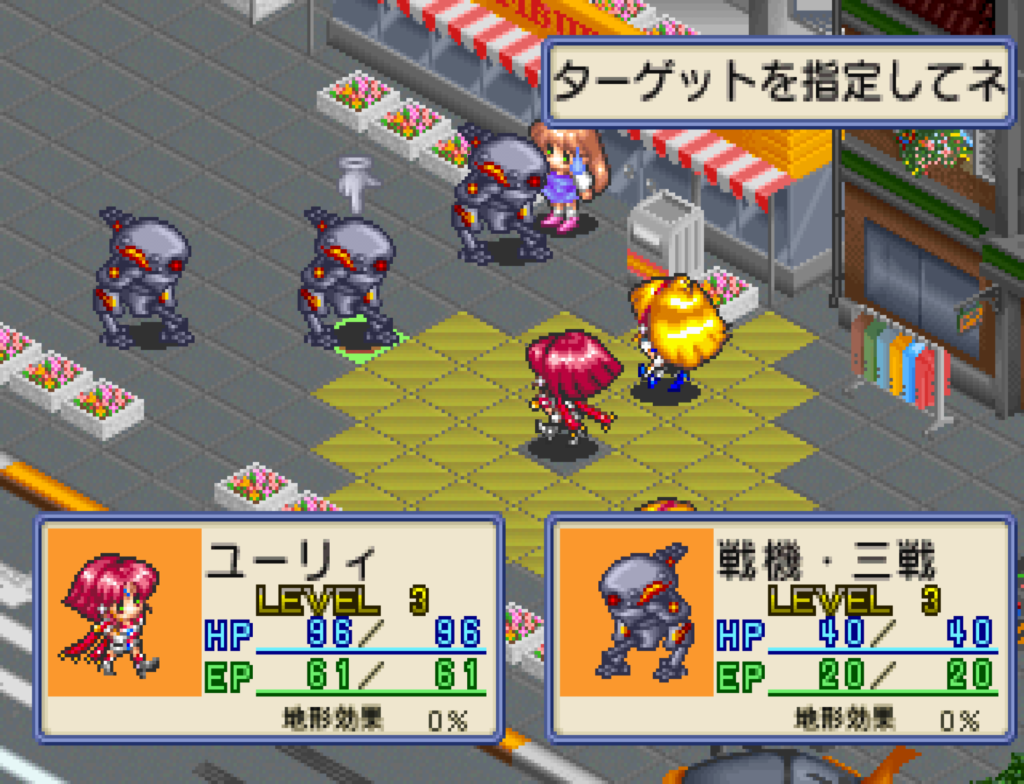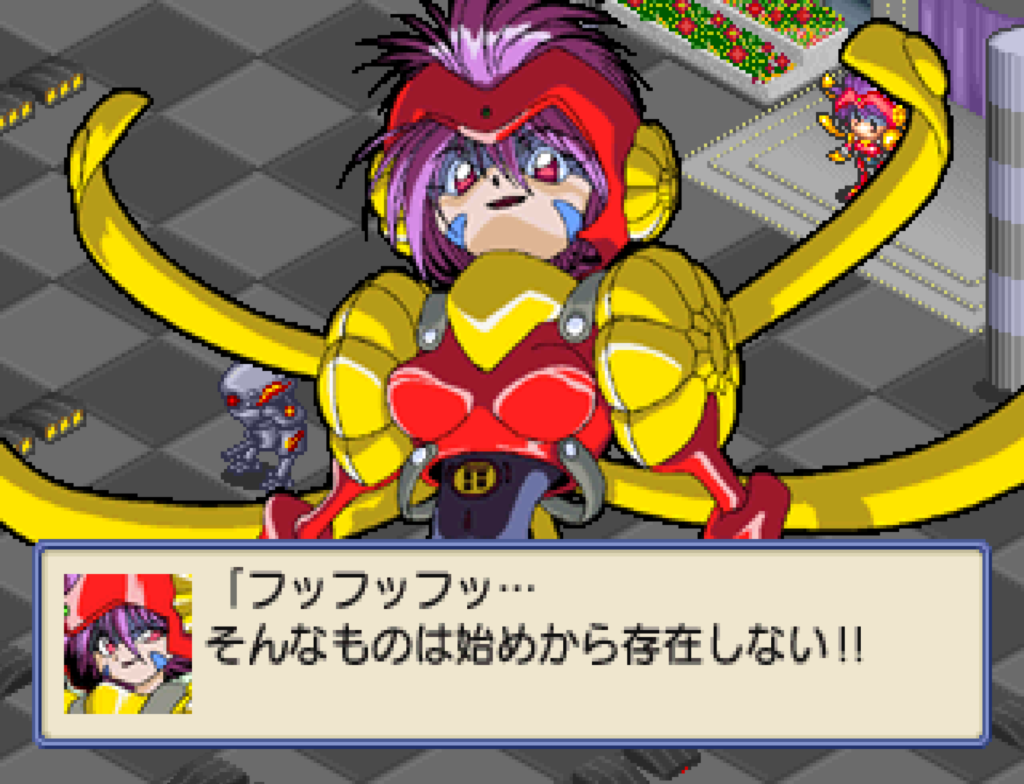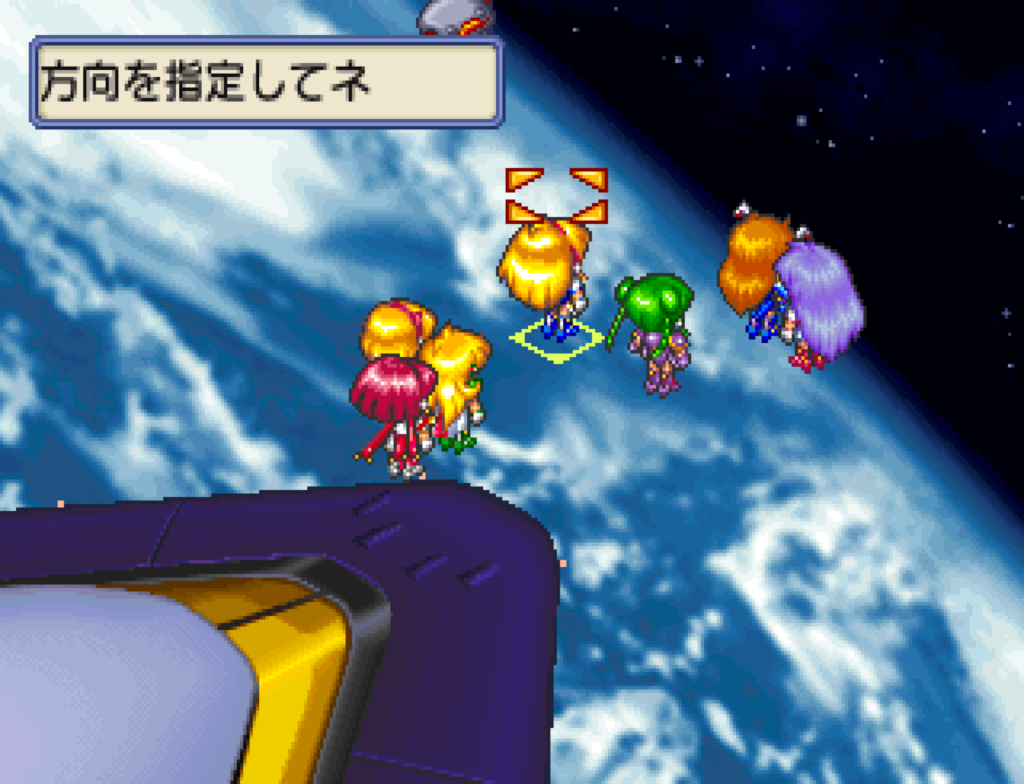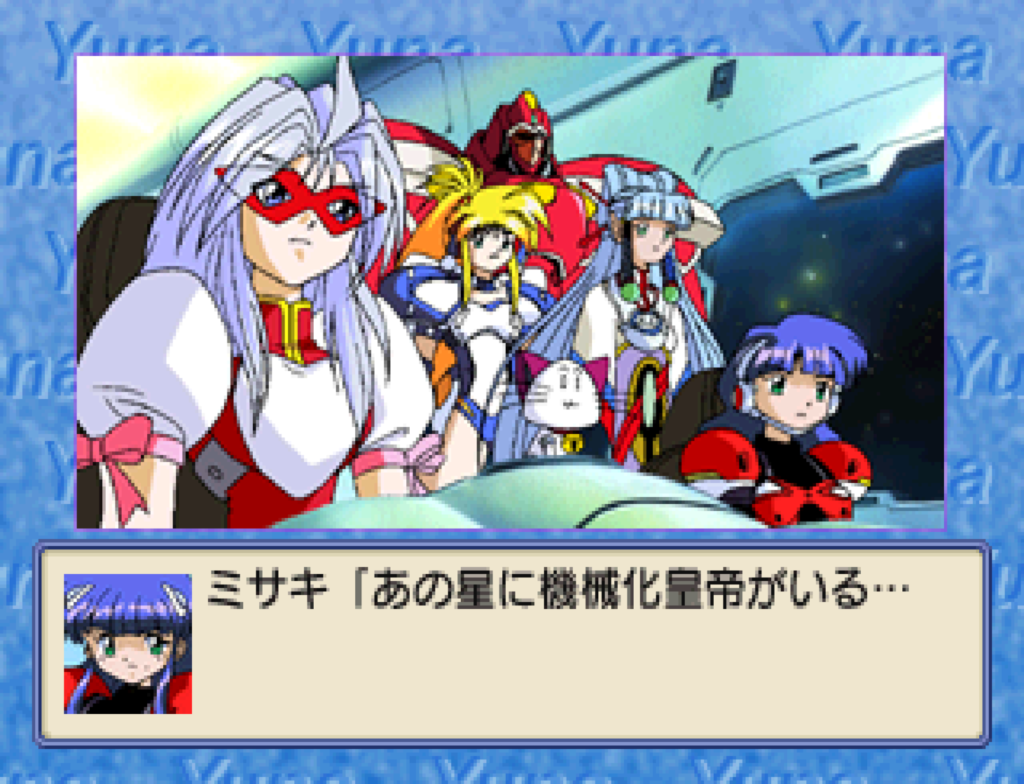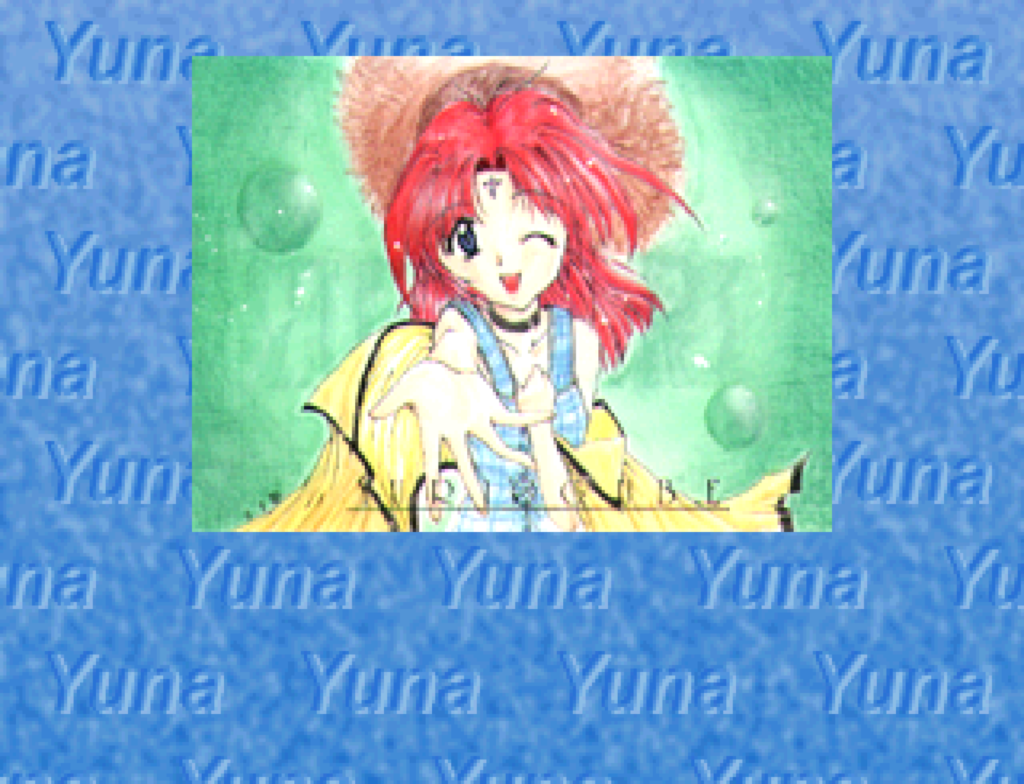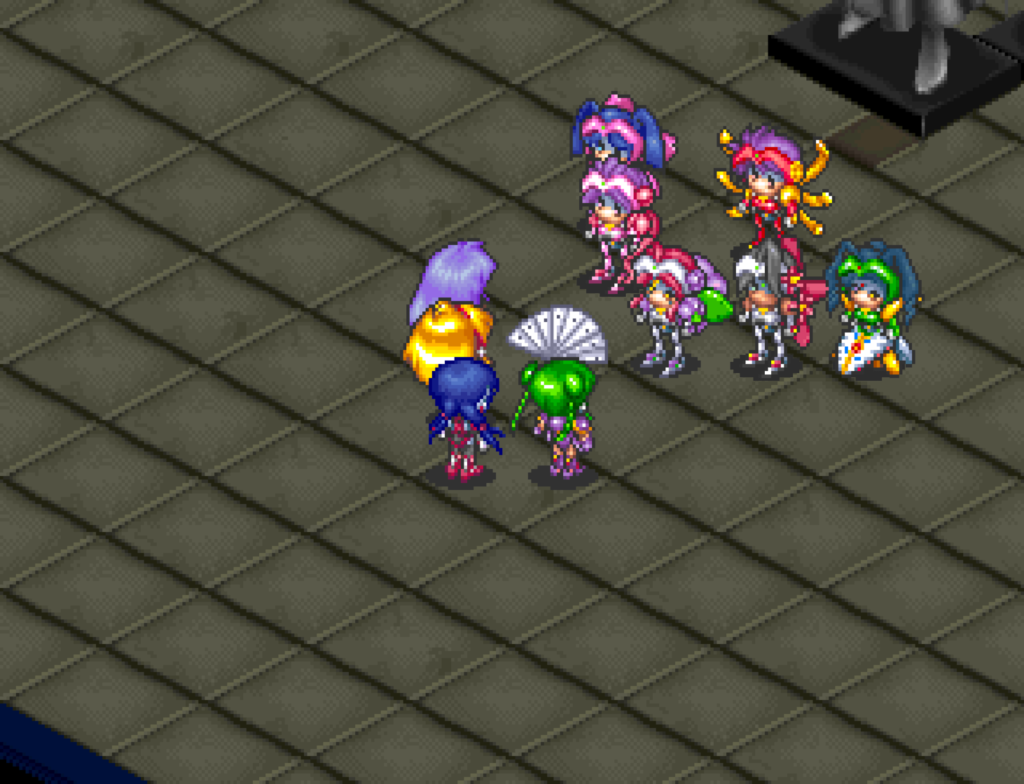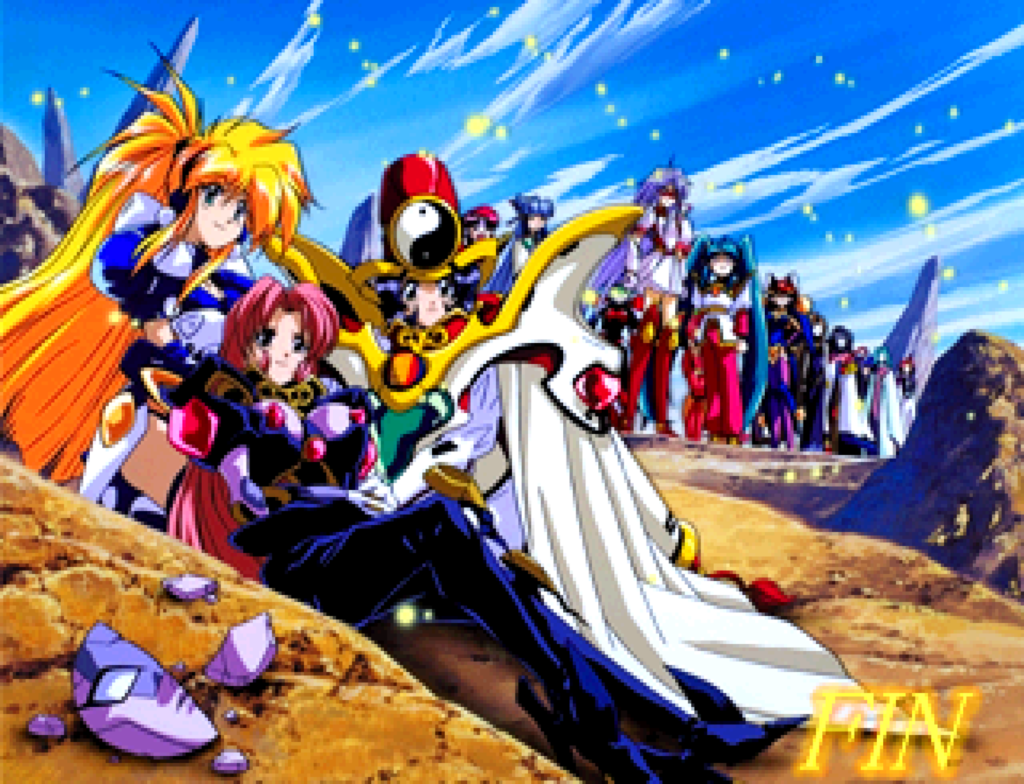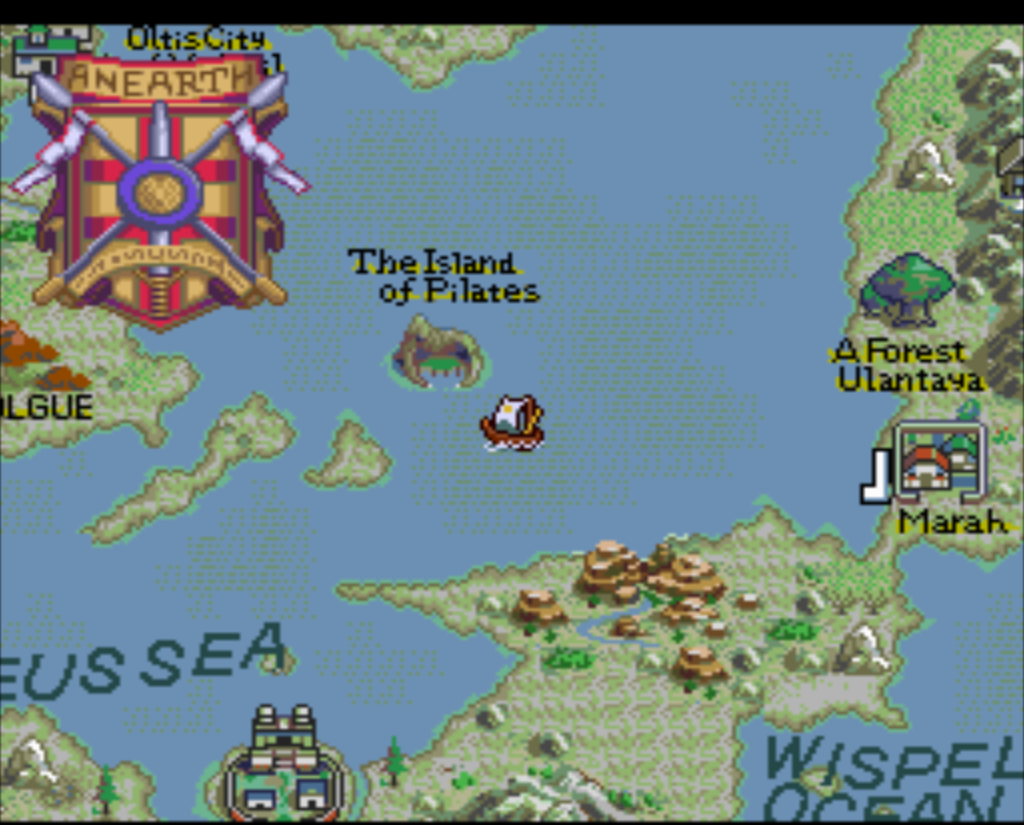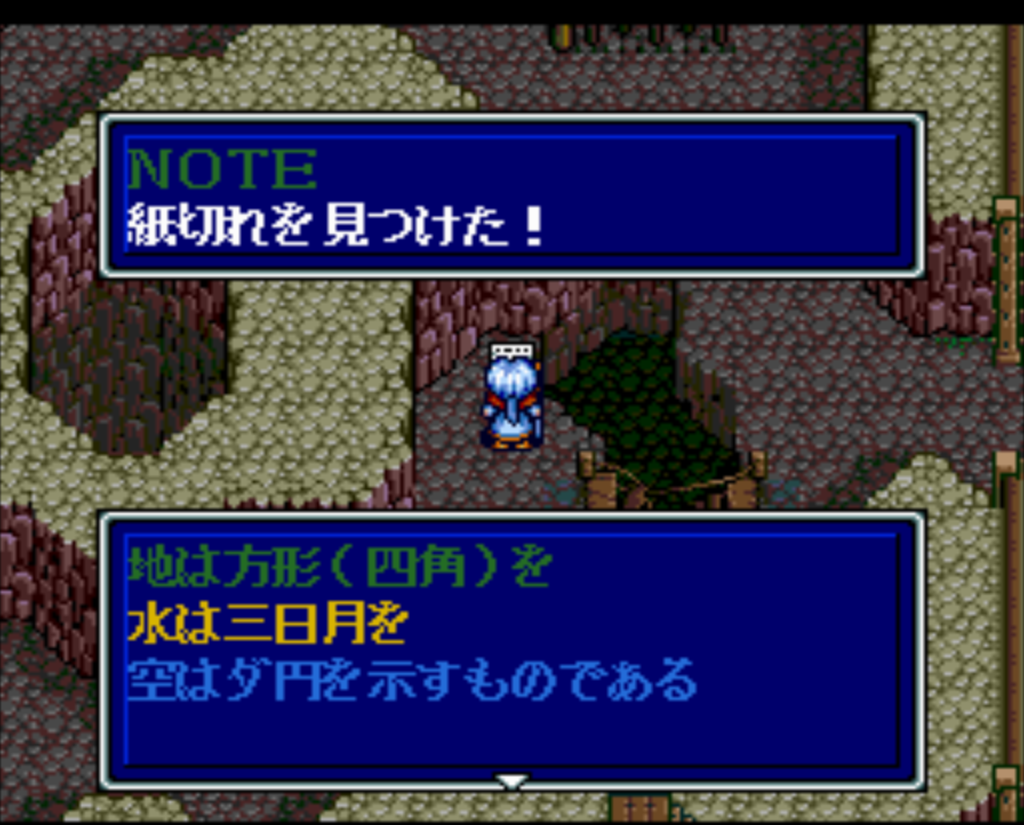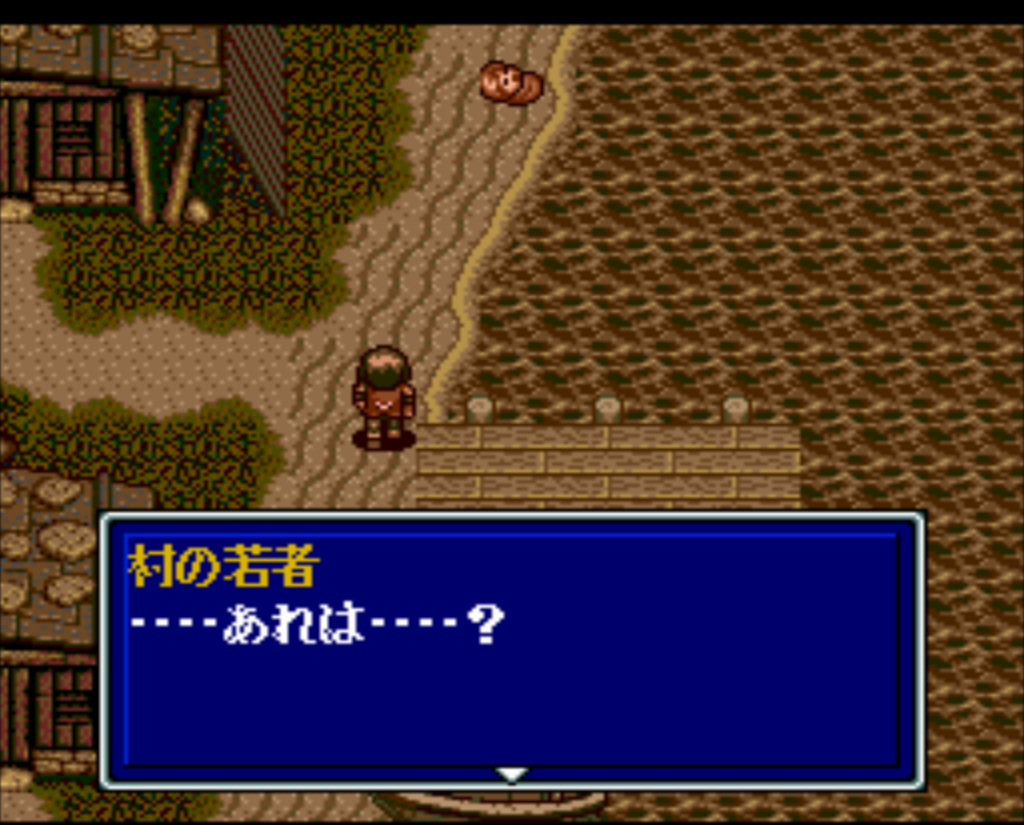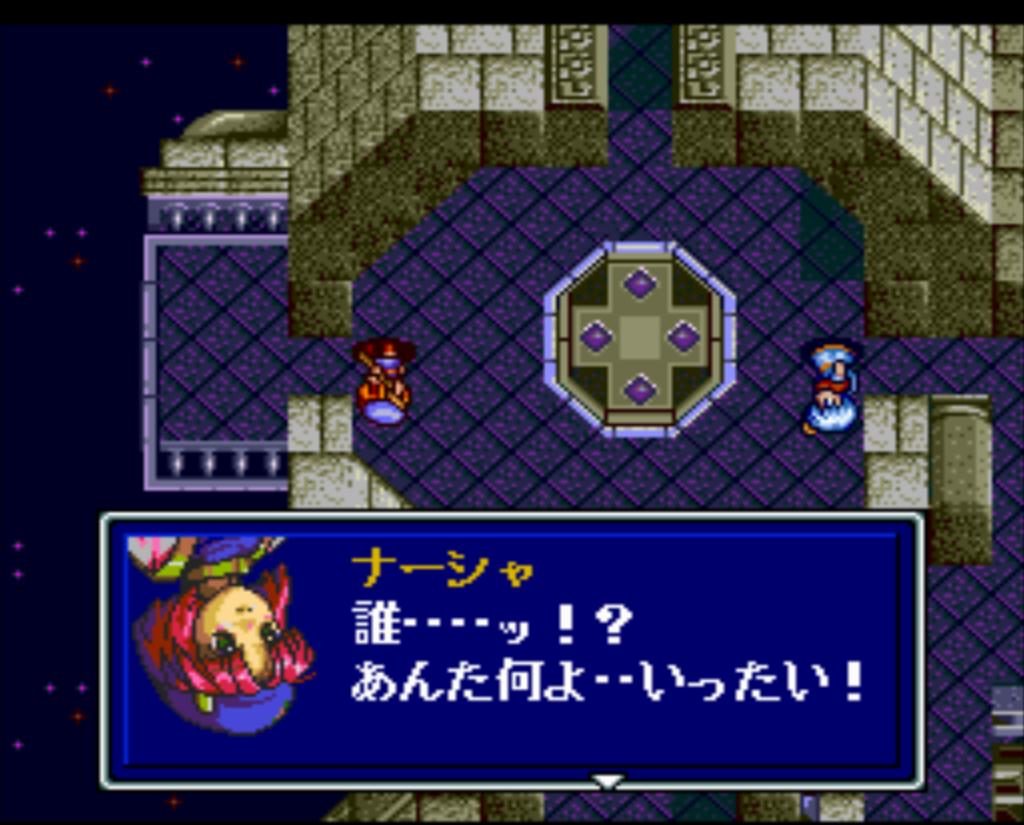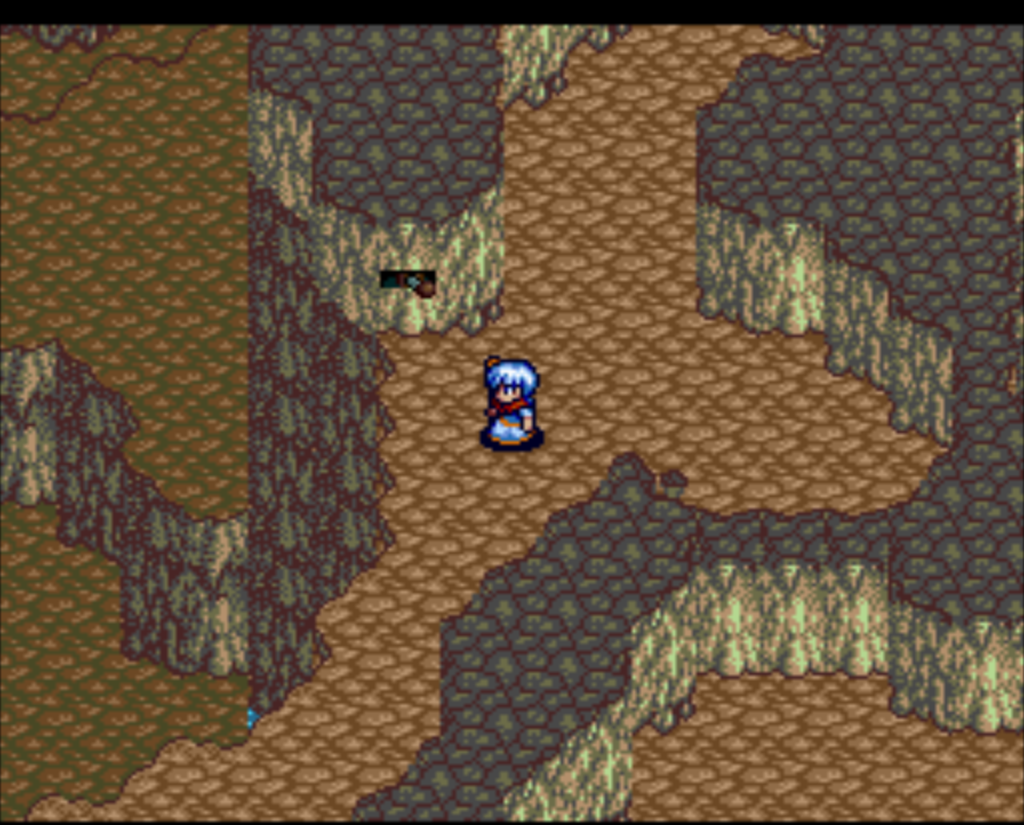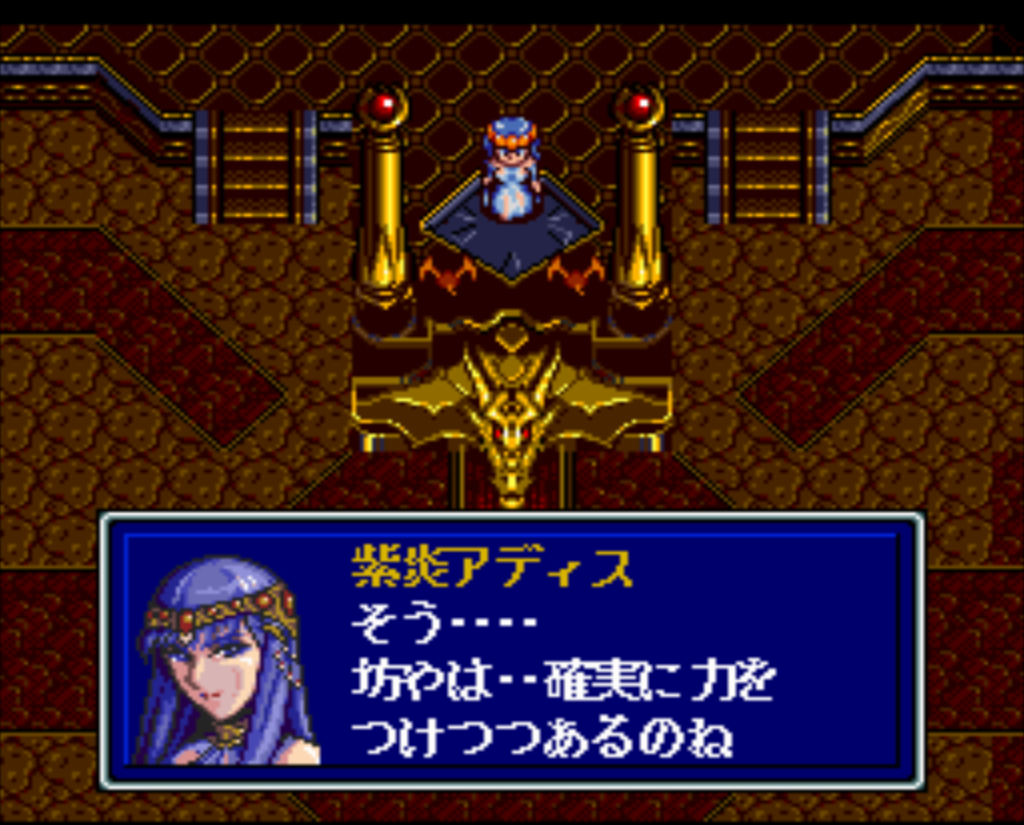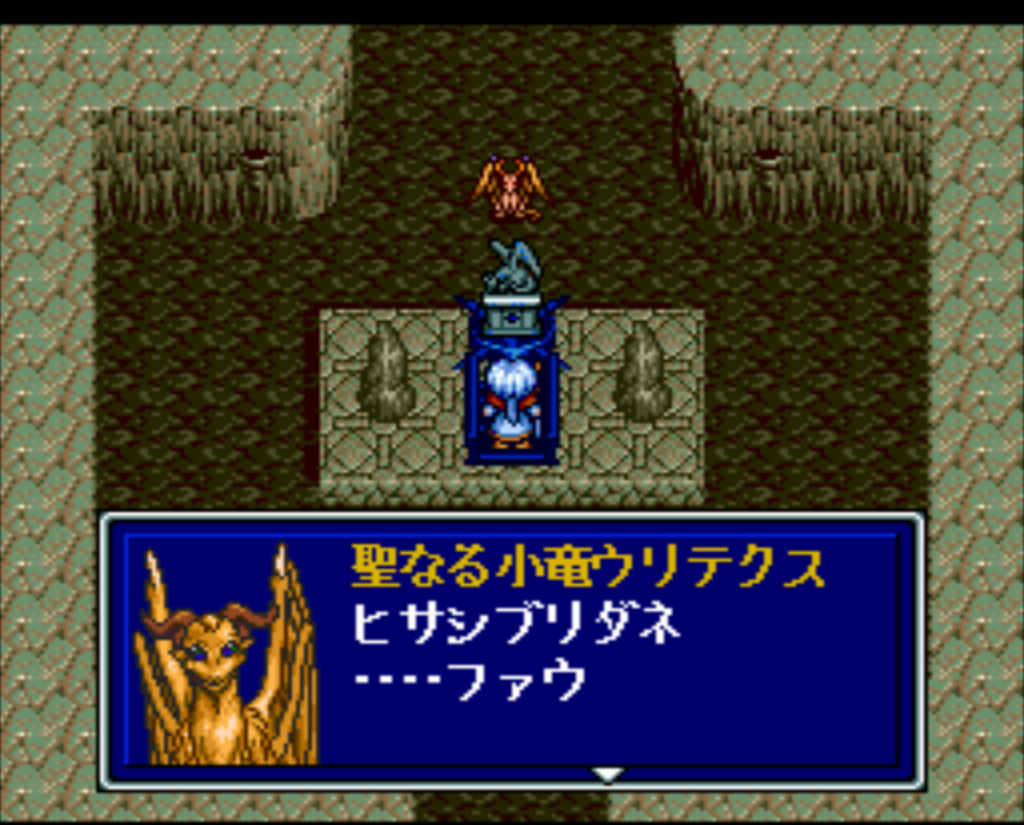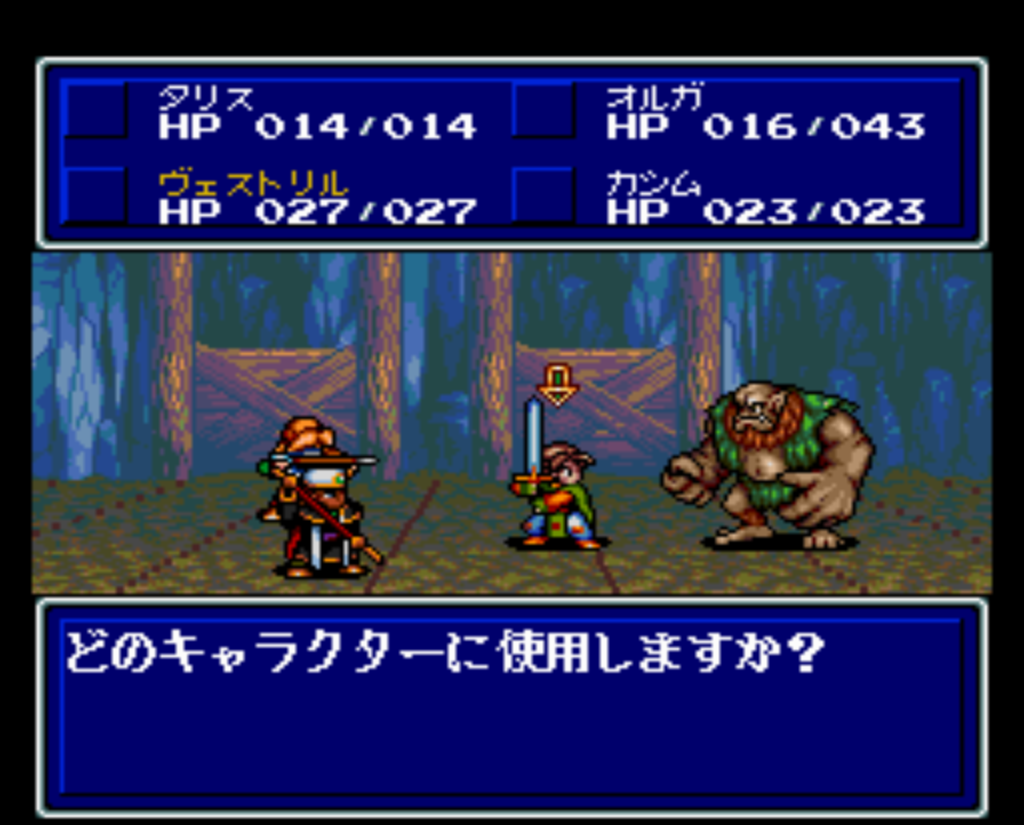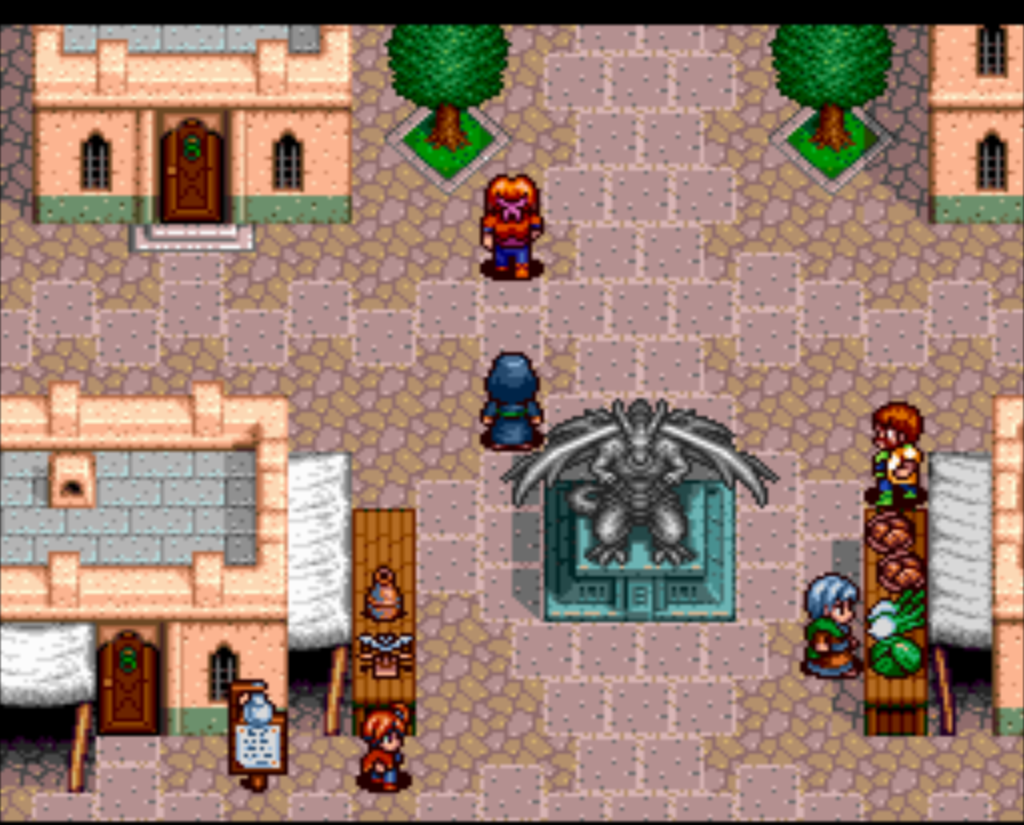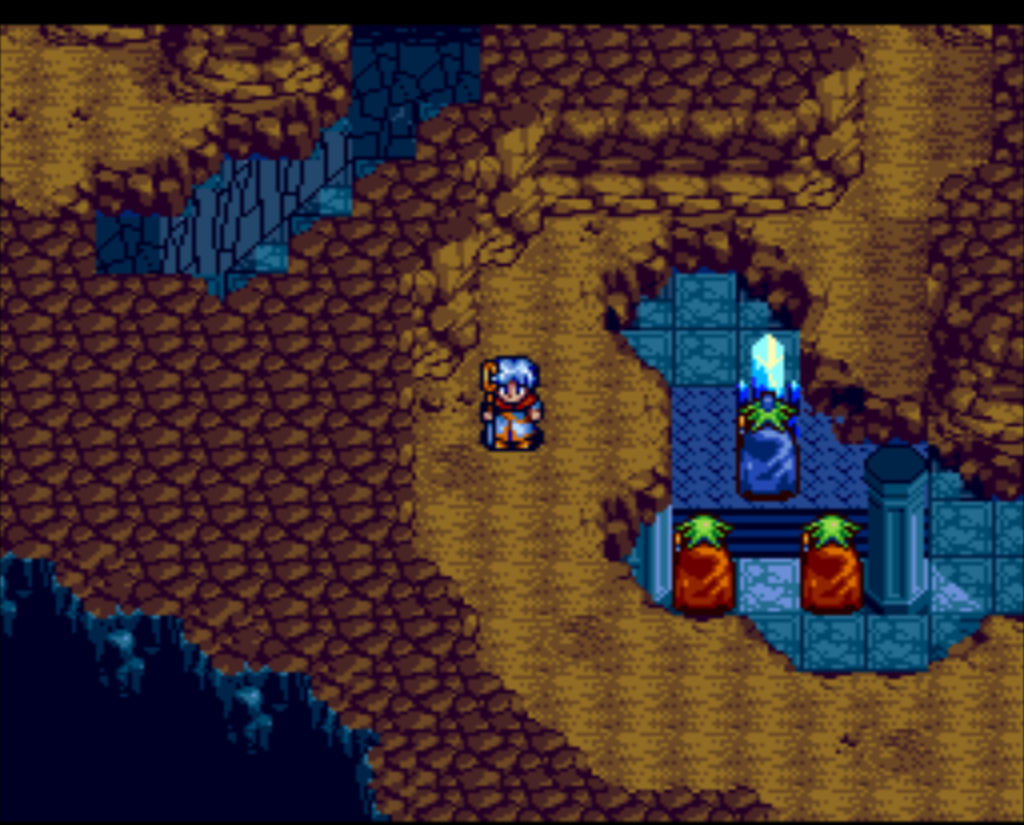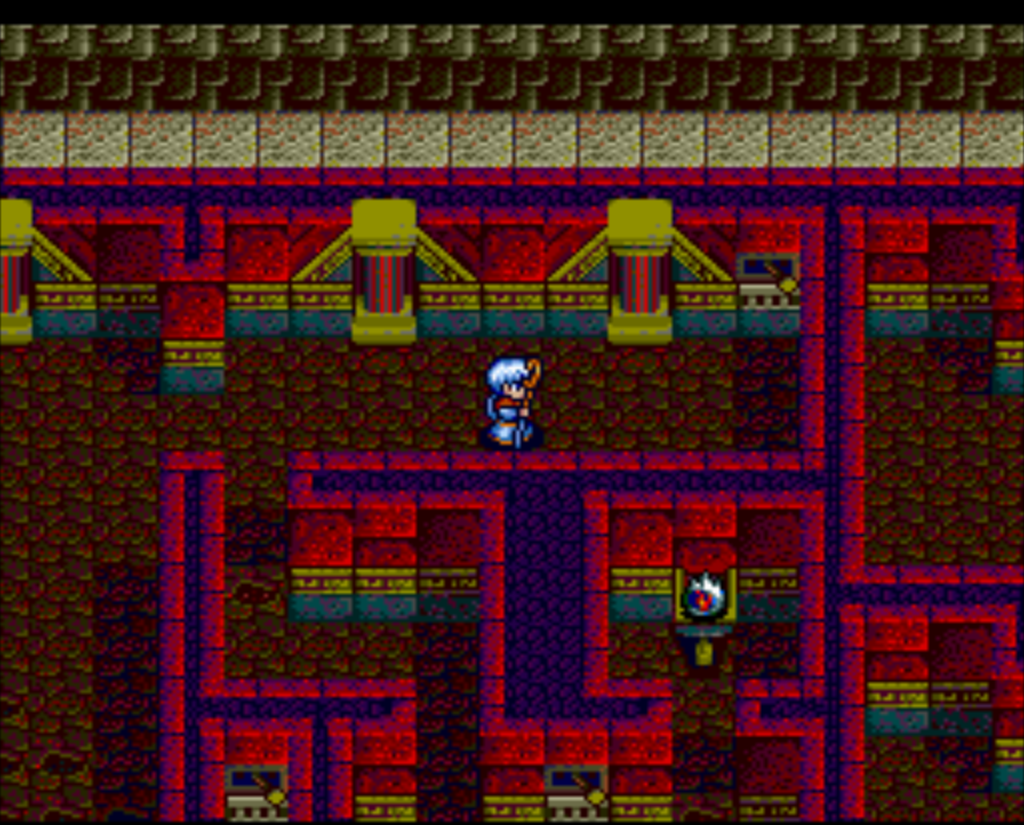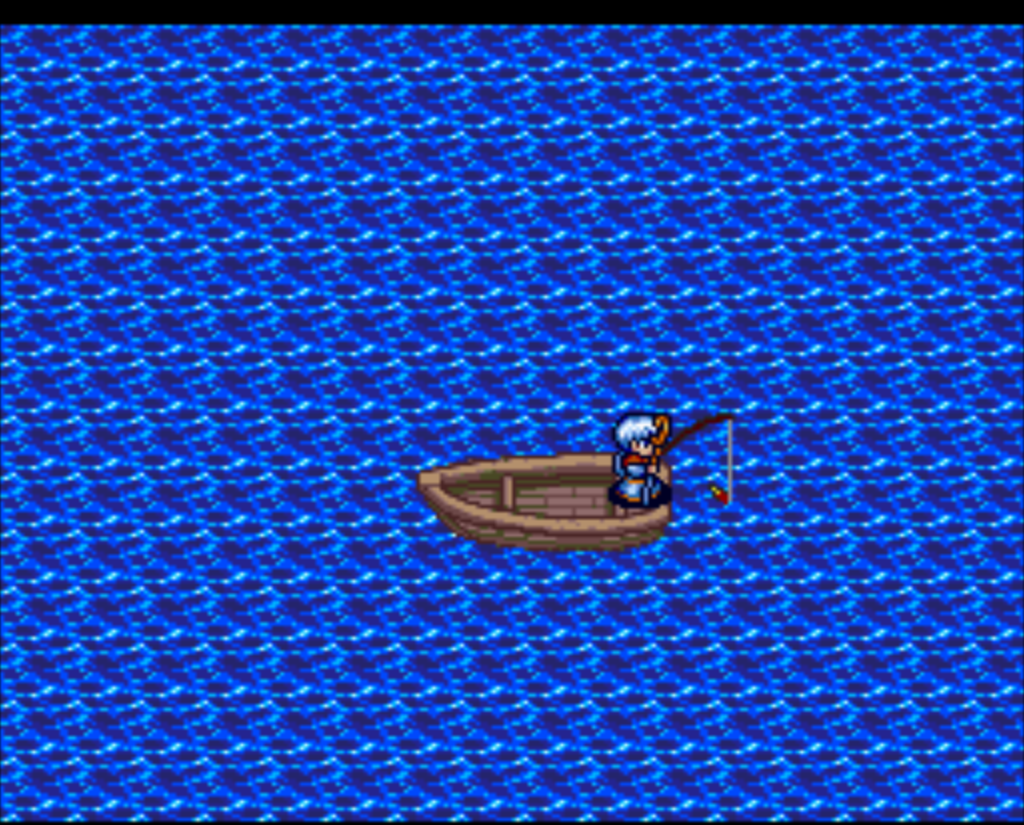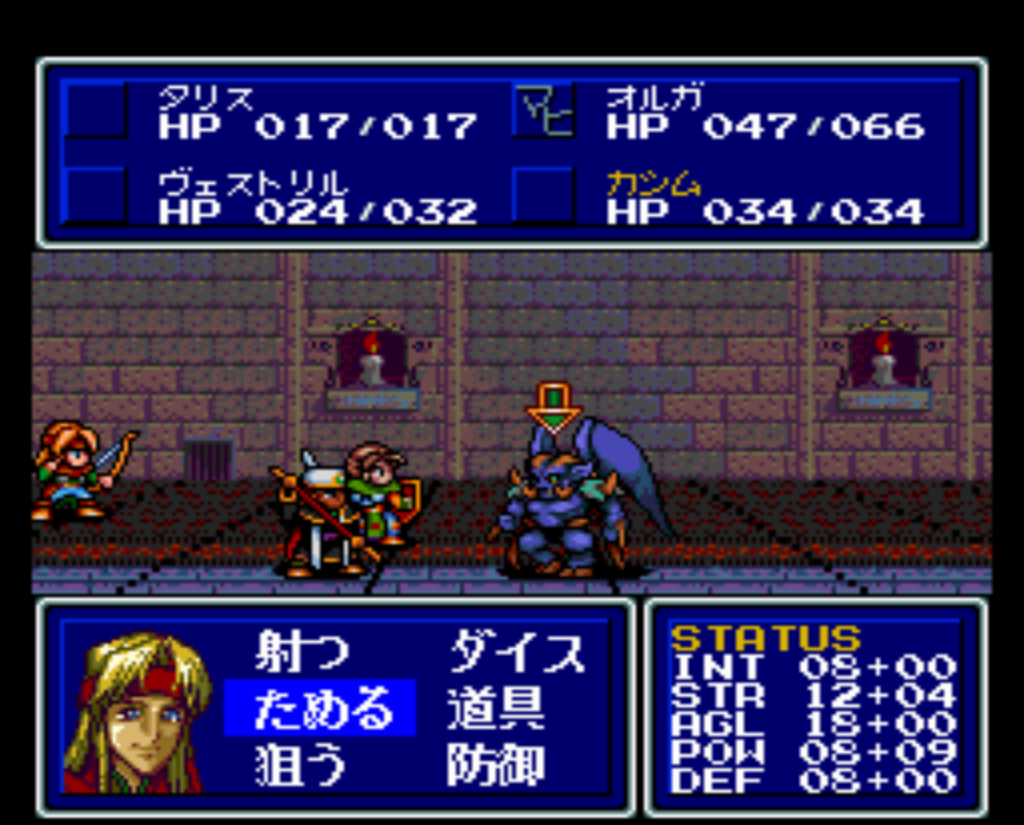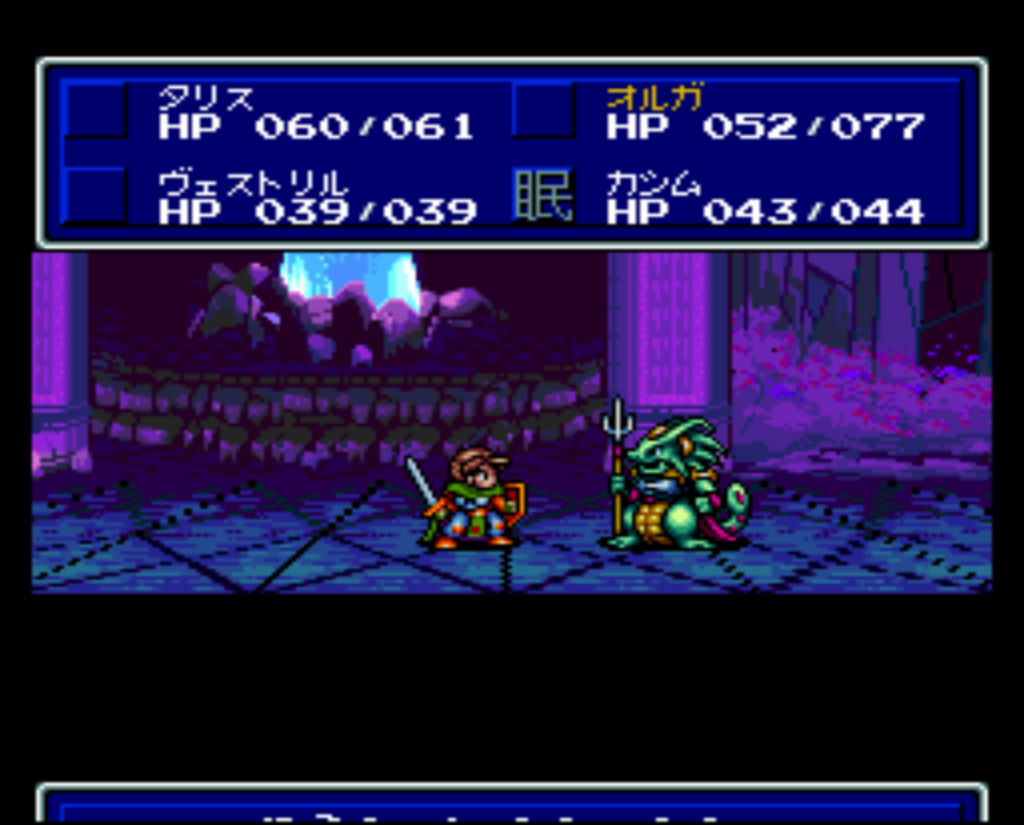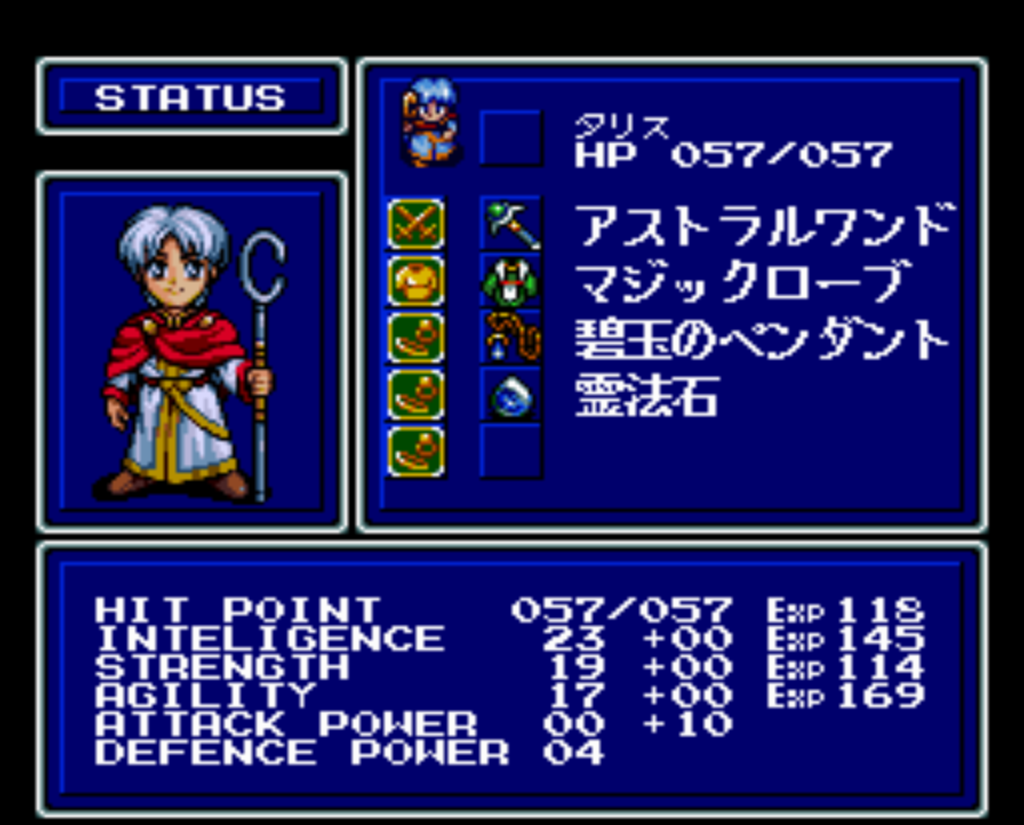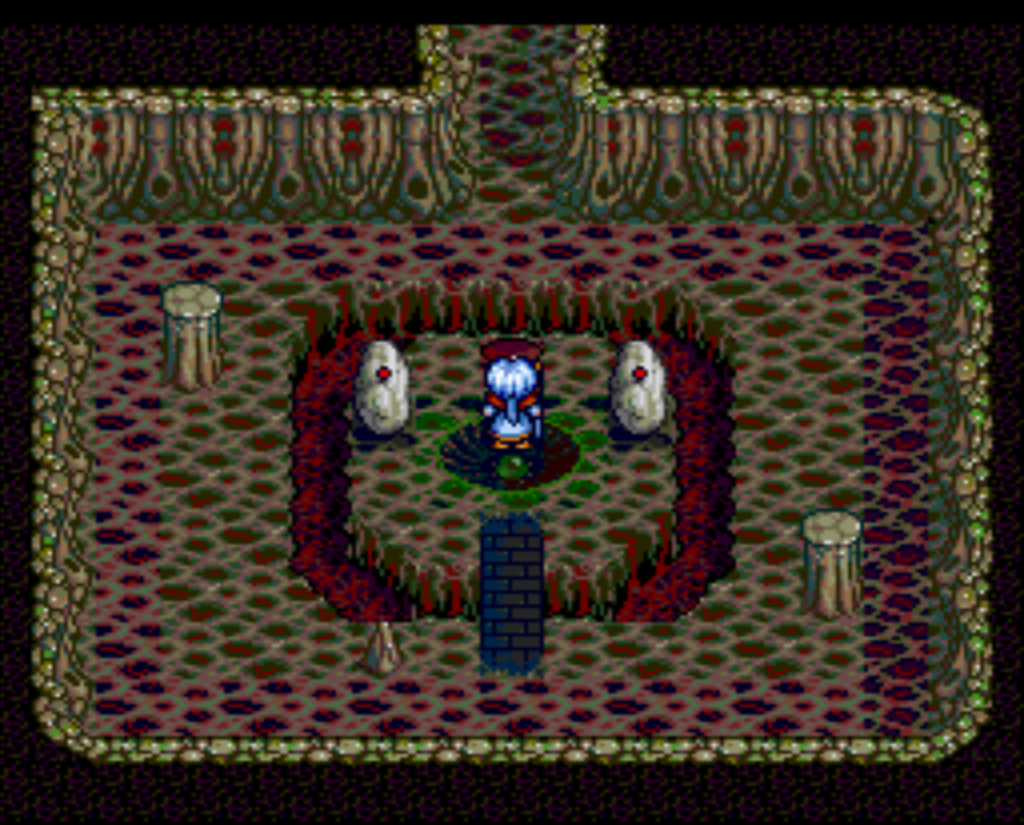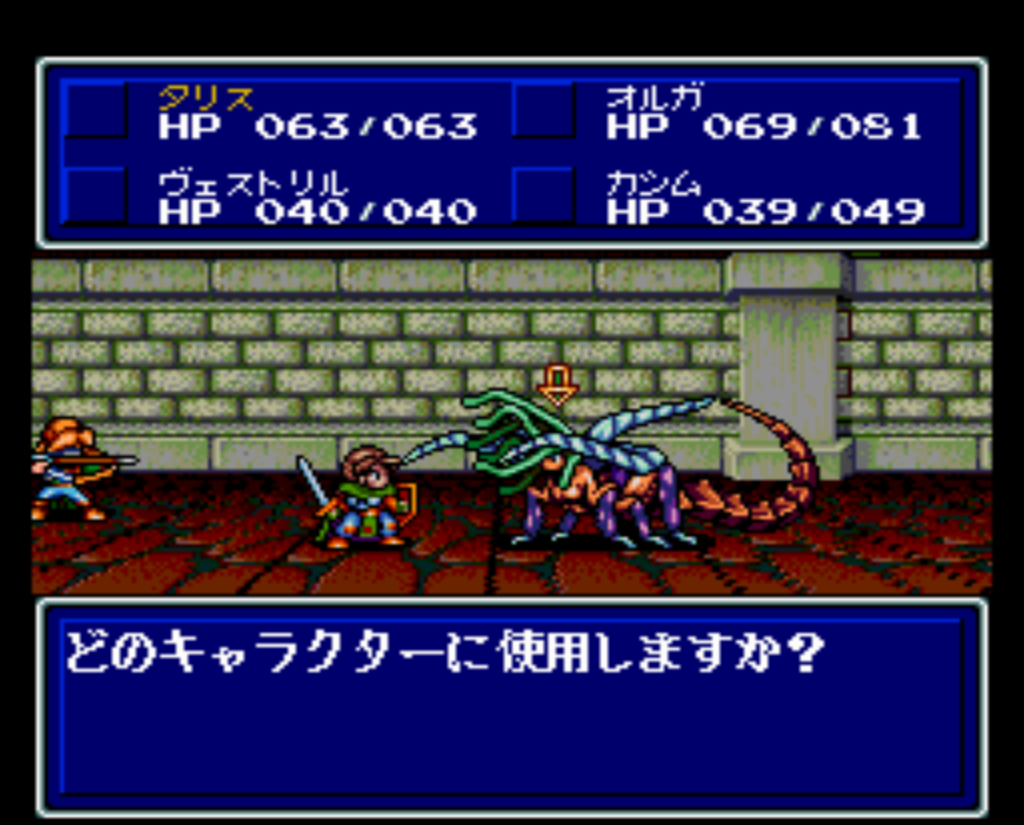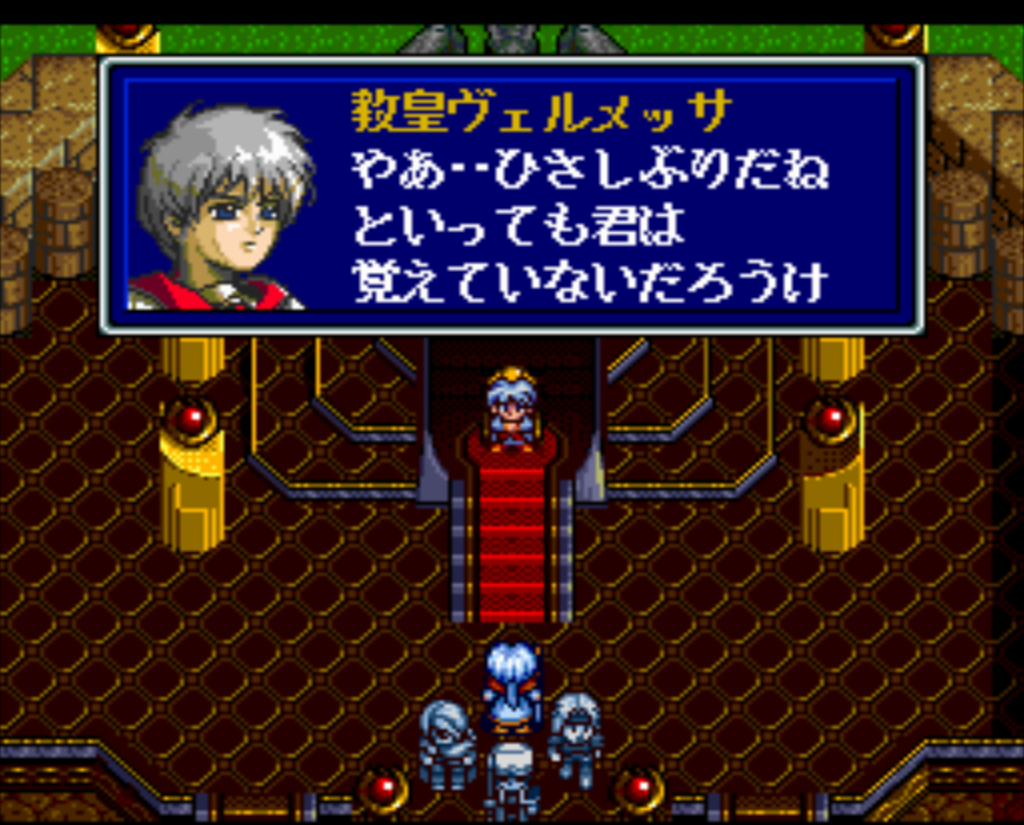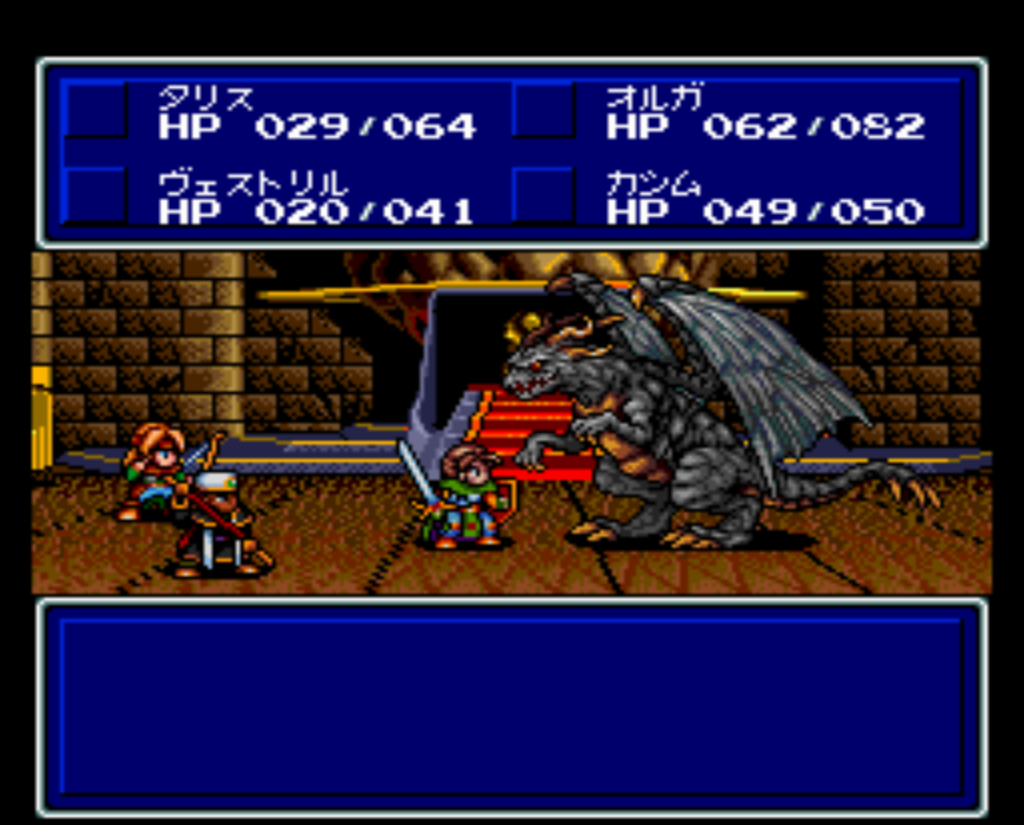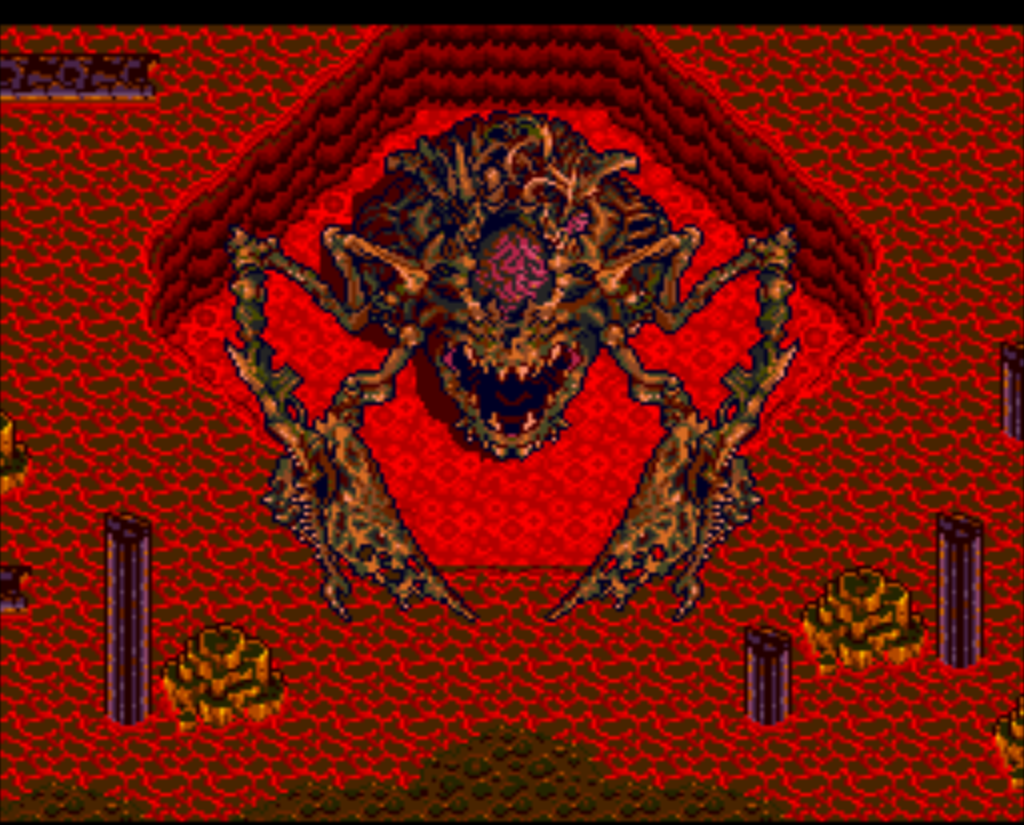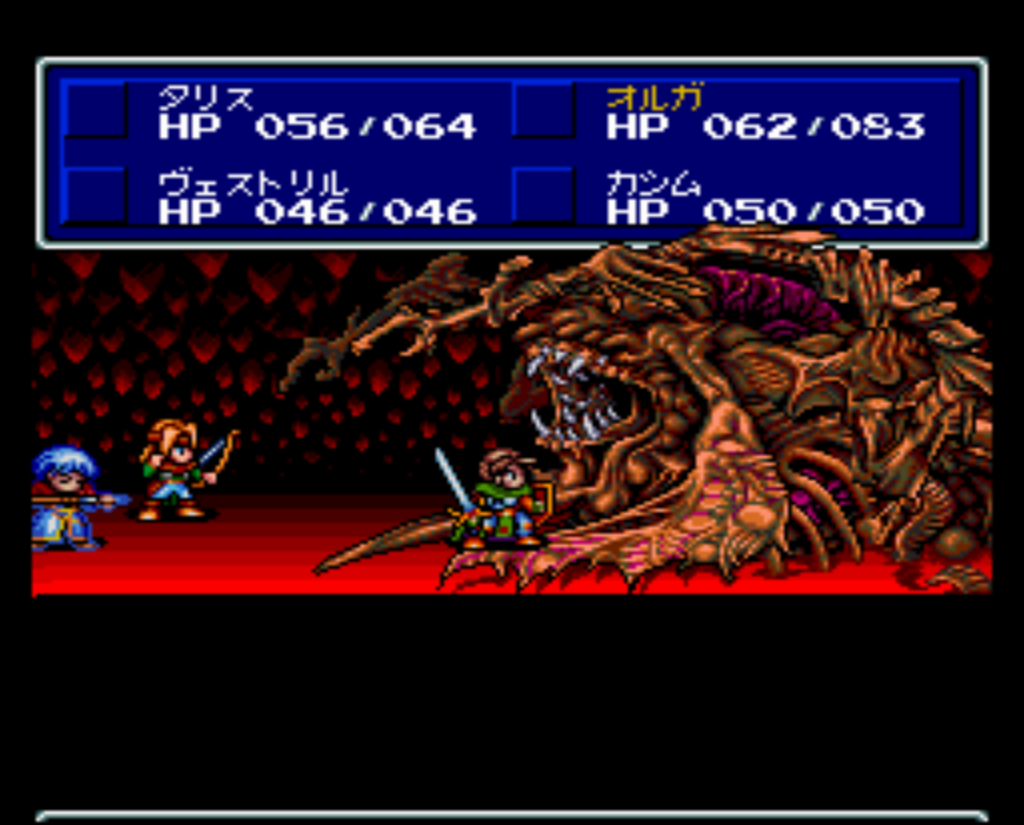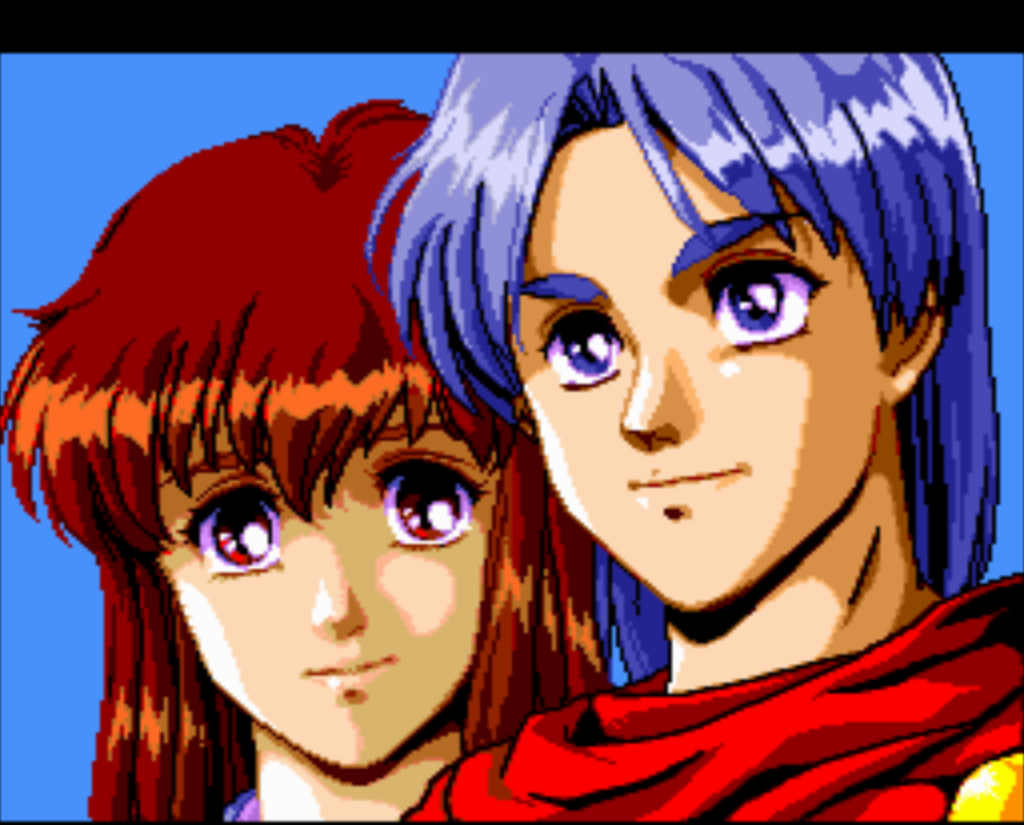Bakumatsu Kourinden ONI (幕末降臨伝ONI), released on 2/2/1996, developed by Pandora Box and Winkysoft, published by Banpresto
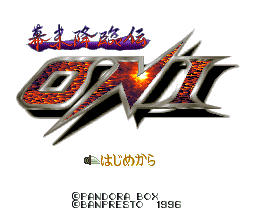
This is the seventh game in the ONI series and the second one for the Super Famicom. I played the first one (Kijin Kourinden ONI) earlier. The first one took place in the Kamakura period (14th century) whereas this one takes place in the Bakumatsu period, which is the transition from the Edo to Meiji periods (mid-18th century). Despite this change, it’s rather unfortunate that the Japan part of the game doesn’t really feel any different. The towns and even Kyoto/Edo that you visit don’t feel particularly Edo- or Bakumatsu, they’re kind of generic towns that you might have found in the first game. There should be Westerners in Japan, people talking about the cultural changes and such, but you don’t really see that until later in the game.
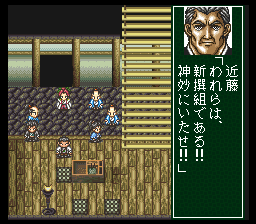
The story opens with the “Shadow Shinsengumi” — the Shinsengumi were a historical group of samurai associated with the shogunate that is well known through pop culture representations. The “Shadow Shinsengumi” is a fictional part of this organization dedicated to dealing with spirits, demons, and other creatures of that nature. (The text is written vertically; I don’t think I’ve seen an RPG before this that does that.) They’re driving out some yokai that were disguised as humans.
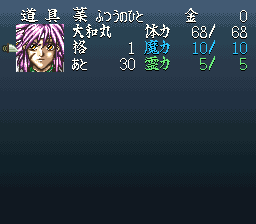
The main character is Yamatomaru, whose father was a yokai hunter but was killed by a strong enemy. At the beginning of the game he goes to a nearby mountain to drive out some spirits. Later more spirits attack his town (Iidamachi) but he is saved by a warrior Jurota. They go to the capital to find out why the yokai attacks are increasing all over Japan, and end up joining the Shadow Shinsengumi.
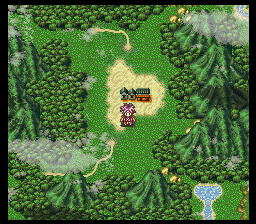
The graphics are quite nice; good late-SFC quality.
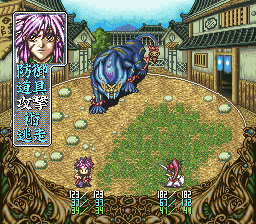
The game system is similar to the previous title, with some changes. They switched to a normal XP/level system. This game also has the NPCs, kami (gods), and 5 Heavenly Swords from the first game but the implementation is a bit different:
- There are NPCs that randomly do stuff in battle; this time you can get as many as you want although only 8 can be in your active roster at once.
- The kami still give you spells, although not all of them are associated with a particular character anymore. In addition, some characters will also learn spells naturally through levelling.
- The game kept the “monster” transformations from the 5 heavenly swords. However, in addition to that you now equip the swords and they level up. You learn sword techniques that use the power represented by the green number in the shot above, and that regenerates 1 point per step. If you have a sword equipped you only earn 1/2 XP for the person (but full for the sword). Basically when you get these swords you never really equip another weapon again with one or two exceptions.
The NPCs and kami still require a lot of backtracking and talking to random people at certain times without much in the way of clues.
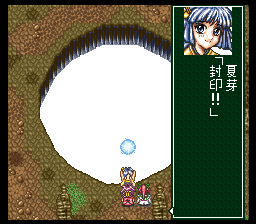
The plot is rather static for the first 2/3 or so of the game. The main characters are given the task of figuring out where all the yokai are coming from. We are soon joined by Natsume and her brother, two survivors of a clan who can control spirit forces. It turns out that the yokai are coming from out-of-control Spirit Holes, and we decided to seal all the ones we can find in Japan. However, although behind the scenes we see that the Shogun wants the power for himself, and that a foreigner named Risshu is manipulating some of the military in the shadows, also wanting the Spirit Holes for themselves.
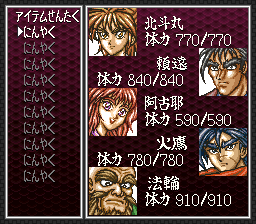
At each Spirit Hole we get a new Heavenly Sword and see a flashback involving the characters from Kijin Kourinden ONI; it turns out in the end that they put their own spirits into the Swords so that they could protect the Spirit Holes.
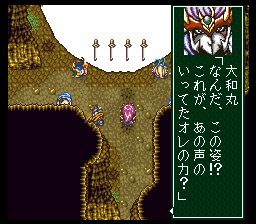
Eventually we deal with all the Spirit Holes in Japan, although in doing so we make an enemy of the Shogun, who is tired of us sealing all the holes, and declares us traitors. We also face off personally against Risshu, and defeat him. The heroes then decide that they need to get away from Japan, and head to the United States, taking along a native American woman who was in Japan — she tells us that there are “Guardians” (like the kami) in the US and some spirit holes there as well.
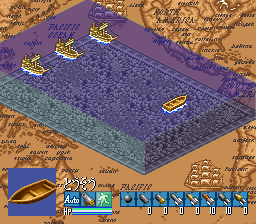
This leads to a weird section of the game where you have to make it across the ocean in a boat. You buy cannonballs and torpedoes, and can also level the ship up. You also sometimes have to fight regular enemies as well. This part is annoying and slow because you need to be pretty strong to deal with all the enemies you have to beat to reach America, but to get that strong there’s really no option aside from just a bunch of grinding. Or, you can use items that eliminate random encounters, which is what I did…this would bite me in the ass later but for now it seemed like a good idea.
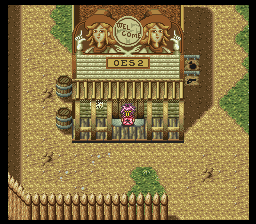
There is no explanation for how you deal with the language barrier, but in any case the white people in the US pretty much scorn you (except they’re willing to sell you things), and the Native Americans are a lot more receptive.
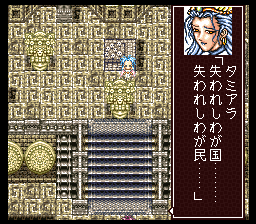
In America we find out that Risshu was some kind of cybernetic creation of three scientists — Alva, Tesla, and Reich (I’m not sure exactly who ライッヒ is supposed to be), who have depleted the Spirit Holes in the US and want to use the ones in Japan to continue their scientific researches and eventual world takeover. Natsume’s brother eventually has to sacrifice himself to defeat one of the scientists’ creations, and after his death, Squanto joins the party as the 4th member. After this, the scientists head to Japan and we need to chase them back there.
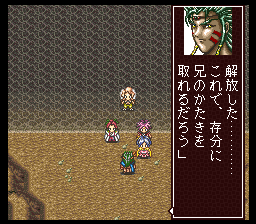
This is where my earlier actions were fatal because there’s no way to buy the no-encounter items, and as far as I know there is no way to upgrade your ship in America. Maybe there was some other way to get out of the situation but after about 10 game overs I just turned on a no-encounter cheat code to get back to Japan. So if you want to play this legitimately you will need either 4 no-encounter items total, or you need to have a boat strong enough to reach America without using them.
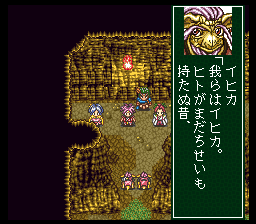
In Japan, we have been branded traitors so can’t access any resources anywhere in the land (if you stay at an Inn, you get attacked by Shinsengumi). So for allies we have to call on the ancient Ihika (the name comes from one of the ancient kami of Japan). Their clan once tried to control and wield the powers of the Spirit Holes for themselves, but their civilization was destroyed. Hopefully the same will not happen to humans.
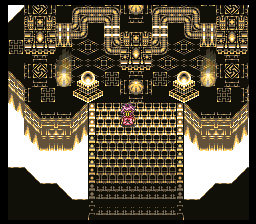
Next up is a large tower with a lot of created spirits in it; I think the scientists were able to make this with the power of the Spirit Hole but it seems pretty fast. In any case the goal here is to shut the tower down so that the power can’t be used anymore.
After this, the scientists use the power on themselves to make themselves spirits, heading to the final Spirit Hole in Hokkaido.
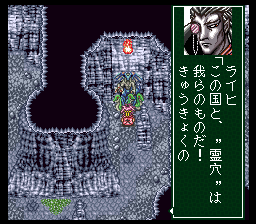
You have to beat all three scientists, followed by Risshu who is back and fuses himself with the Spirit Hole to make a huge monster.
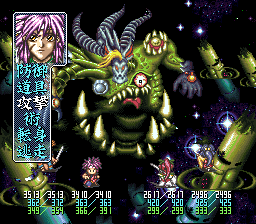
The final boss was a huge step up in difficulty and I had to do some grinding just to be able to survive his attacks. It helps if Natsume can use her “sacrifice” move to kill the left hand and then you can kill the right hand quickly with strong attacks. It’s still not an easy fight because the head can only be hurt by the transformed attacks and he has a move that puts everyone back in their regular forms.
After the fight, the main characters have to sacrifice themselves the seal the Spirit Hole.
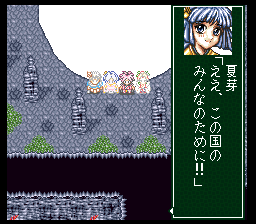
Although later, Sakamoto Ryouma (one of the few historical figures in the game) gets a message that the heroes actually did survive and set out for a new land in their ship, but were never heard from again.
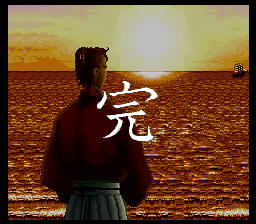
Overall this is a decent game; it’s perfectly playable and has nothing egregiously bad in it. The story is serviceable, and there’s a decent amount of side content (although some of it seems basically impossible without a guide). Ultimately it doesn’t rise to the level of the top tier SFC RPGs but it’s worth a play.
